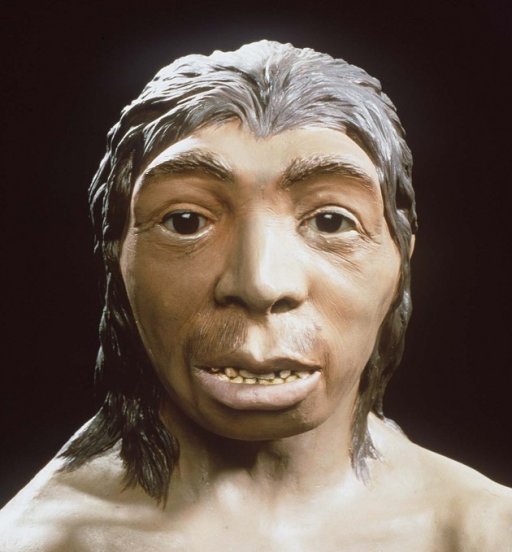Overfishing of small species causes jellyfish curse - Marine biologists say they have proof that excessive trawling of small
fish species leads to proliferation of jellyfish, a worsening phenomenon
whose causes have been unclear.
The scientists monitored ecosystems in two ocean zones a thousand kilometres (600 miles) apart, traversed by the same current.
One zone was off Namibia, where fishing has been unregulated, and the other was off South Africa, where catches of so-called forage fish -- sardines, anchovies and herrings -- are controlled according to available stocks.
The scientists monitored ecosystems in two ocean zones a thousand kilometres (600 miles) apart, traversed by the same current.
One zone was off Namibia, where fishing has been unregulated, and the other was off South Africa, where catches of so-called forage fish -- sardines, anchovies and herrings -- are controlled according to available stocks.

AFP/AFP/File - A barrel jellyfish (Rhizostoma pulmo) is displayed in a transparent bucket in Villefranche-sur-Mer, France on July 6, 2012. Marine biologists say they have proof that excessive trawling of small …
"In the 1960s, the waters off Namibia used to yield 10 million tonnes of sardines annually. This has been replaced by 12 million tonnes of jellyfish," Philippe Cury at France's Institute for Development Research (IRD) told AFP on Tuesday.
"There was very poor management of sardines and anchovies, which were overexploited and have now almost disappeared," said Cury, a co-author of a study that appears in the journal the Bulletin of Marine Science.
"In South Africa, there was very careful management of forage fish stocks, and there has been no jellyfish outbreak."
Experts have fiercely debated the explosive growth in jellyfish populations in many ocean regions.
Suspected culprits have been damage to the seabed ecosystem by bottom trawling; the removal of predator fish that keep the jellyfish population under control; and the greenhouse effect, which is warming the sea.
But Cury said the new research points to the impact of removing a small but important strand in the food web.
With little fish removed from the sea, jellyfish have no competitors for plankton, their source of food. As a result, they proliferate uncontrolled.
"This is why it is essential to keep a certain abundance of forage fish" in the marine mix, said Cury. ( AFP )
"There was very poor management of sardines and anchovies, which were overexploited and have now almost disappeared," said Cury, a co-author of a study that appears in the journal the Bulletin of Marine Science.
"In South Africa, there was very careful management of forage fish stocks, and there has been no jellyfish outbreak."
Experts have fiercely debated the explosive growth in jellyfish populations in many ocean regions.
Suspected culprits have been damage to the seabed ecosystem by bottom trawling; the removal of predator fish that keep the jellyfish population under control; and the greenhouse effect, which is warming the sea.
But Cury said the new research points to the impact of removing a small but important strand in the food web.
With little fish removed from the sea, jellyfish have no competitors for plankton, their source of food. As a result, they proliferate uncontrolled.
"This is why it is essential to keep a certain abundance of forage fish" in the marine mix, said Cury. ( AFP )





